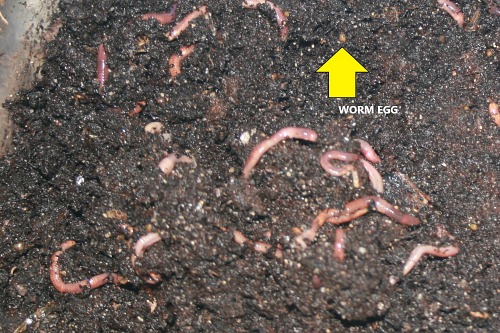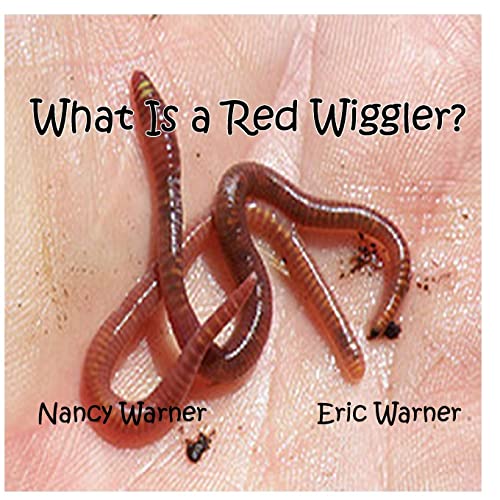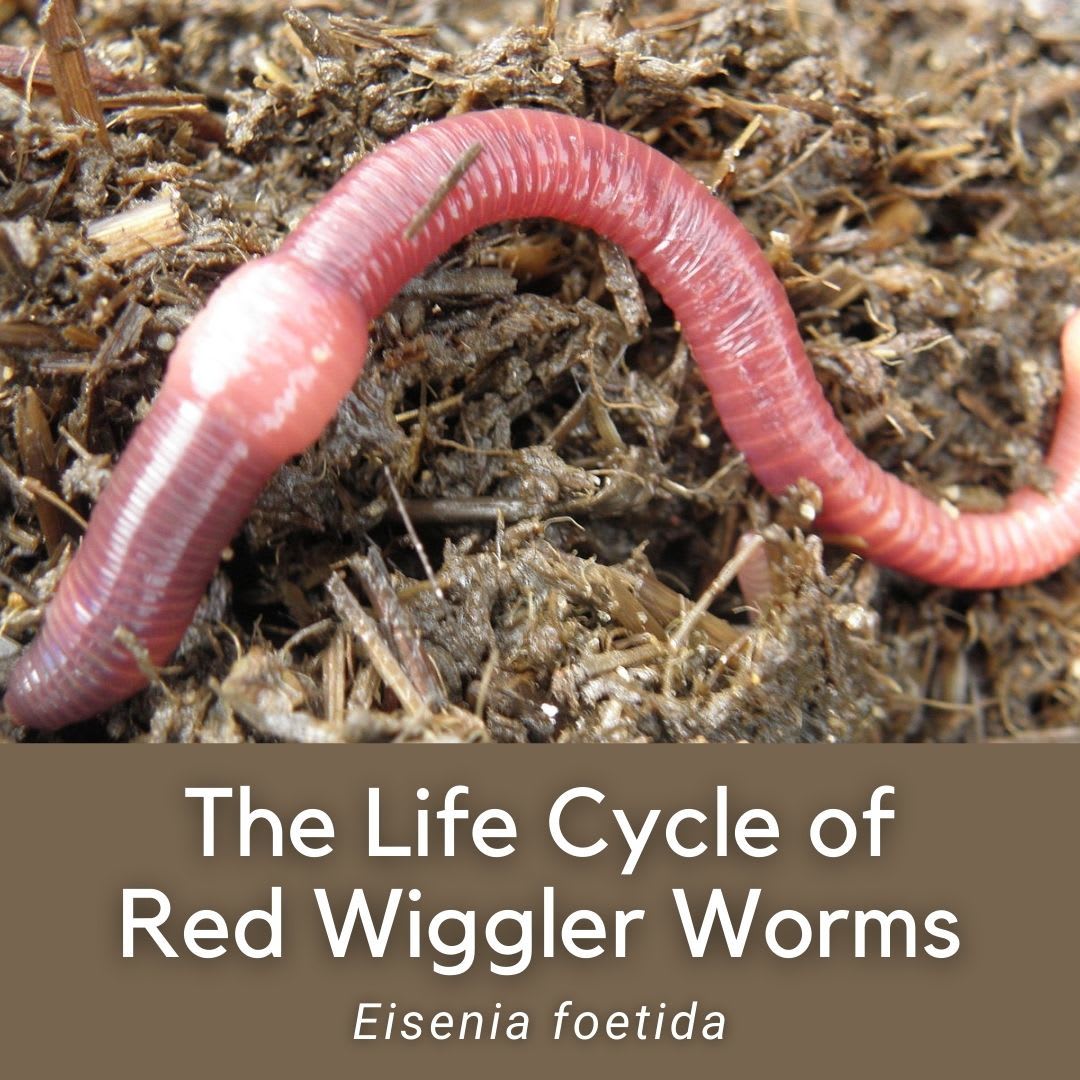Red Wigglers: The Unsung Heroes of Organic Waste Recycling
Red wigglers, or Eisenia fetida, work as crucial agents in the organic waste recycling procedure, transforming disposed of products right into useful vermicompost. Their effective failure of natural matter not only boosts soil high quality but likewise adds to sustainable waste administration techniques. As the world increasingly seeks services to fight waste build-up and boost agricultural efficiency, understanding the role of these worms ends up being crucial. What devices permit them to thrive in compost settings, and just how can they be properly made use of in both household and business setups? Checking out these concerns discloses the wider ramifications of vermicomposting in our ecological landscape.
What Are Red Wigglers?
The exceptional durability of red wigglers, medically understood as Eisenia fetida, emphasizes their crucial duty in natural waste recycling. These small, reddish-brown earthworms are typically discovered in disintegrating raw material, such as compost heaps and manure loads. Lake Hickory Bait. Unlike various other earthworm species, red wigglers grow in nutrient-rich atmospheres and are very effective at breaking down organic products, making them vital for vermicomposting

(Red Wiggler Express)In enhancement to their duty in waste decrease, red wigglers add to dirt health by enhancing soil framework and oygenation with their delving activities (Lake Hickory Bait). Their presence in composting systems not only improves disintegration prices but also promotes a sustainable approach to squander management, highlighting their importance in ecological conservation efforts
Benefits of Composting With Worms
Composting with worms, particularly red wigglers, supplies numerous benefits that improve both waste management and dirt health and wellness. Initially, these worms effectively damage down organic waste, converting it into nutrient-rich vermicompost that improves dirt. This process speeds up decay, permitting a much faster recycling of kitchen scraps and other organic products contrasted to typical composting approaches.
In addition, the vermicompost generated by red wigglers is including advantageous bacteria, which help improve soil structure, oygenation, and moisture retention. This improves the overall health of plants, promoting vigorous development and raised returns in gardens and farming setups. The usage of worms in composting lessens the manufacturing of greenhouse gases, such as methane, adding to a more sustainable waste management system.

Just How to Start Vermicomposting
Establishing a vermicomposting system is a straightforward process that can generate significant benefits for both waste monitoring and soil enrichment. To begin, choose an ideal container, such as a plastic container or wooden box, with appropriate air flow holes to make sure appropriate air movement. The measurements ought to ideally be around 2 feet by 3 feet, enabling adequate room for the worms to thrive.
Next, prepare bedding material, which can contain shredded paper, cardboard, or coconut coir. This bed linens must pop over to these guys be dampened to create an appropriate habitat for the worms. Once the bed linen remains in location, introduce red wigglers (Eisenia fetida) right into the bin, typically around one extra pound of worms for every single square foot of surface.
Following the placement of worms, add natural waste, such as fruit and veggie scraps, coffee premises, and smashed eggshells. Prevent including dairy products, meat, or oils, as these can create smells and attract pests. Place the bin in a shaded, temperature-controlled location to preserve optimum conditions for worm task. With these actions, you will successfully initiate a vermicomposting system that adds to sustainable waste monitoring and enhances your dirt.
Keeping a Healthy Worm Bin
(Red Wiggler Express)Keeping a worm bin flourishing requires regular focus and like ensure the health of the red wigglers and the performance of the composting process. Appropriate maintenance begins with keeping track of the dampness degrees; the bin ought to be wet yet not waterlogged. An excellent rule of thumb is to preserve an uniformity comparable to a wrung-out sponge.
Carefully blending the bed linen and food scraps every few weeks protects against compaction and makes certain that all worms have access to oxygen. In addition, it is crucial to feed the worms appropriately.
If the container becomes also hot or cool, the worms may end up being stressed out. By diligently handling these variables, one can preserve a durable and effective worm container.
Influence On Sustainable Living
The effective maintenance of a worm container not only benefits the health and wellness of red wigglers however likewise contributes significantly to lasting living techniques. By recycling natural waste, such as kitchen area scraps and backyard debris, red wigglers help divert considerable amounts of product from garbage dumps. This reduction in waste not just decreases greenhouse gas discharges but additionally decreases the environmental burden linked with waste administration.
Furthermore, the spreadings created by red wigglers serve as a nutrient-rich natural plant food, boosting soil wellness and promoting plant development. This natural alternative to chemical plant foods supports lasting agriculture and horticulture practices, reducing dependence on synthetic inputs that can hurt communities. In addition, worm composting promotes understanding of waste management, motivating people and neighborhoods to take on even more sustainable practices.

Final Thought
In recap, red wigglers act as crucial factors to natural waste reusing via their reliable decay of natural products. Their capability to create nutrient-rich vermicompost improves dirt health and sustains sustainable agricultural methods. By integrating vermicomposting into waste administration approaches, people and areas can dramatically lower waste while advertising ecological sustainability. The duty of Eisenia fetida in promoting healthy and balanced environments highlights the value of these microorganisms in accomplishing sustainable living and enhancing dirt fertility.